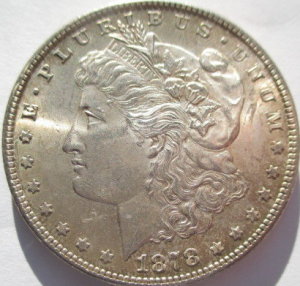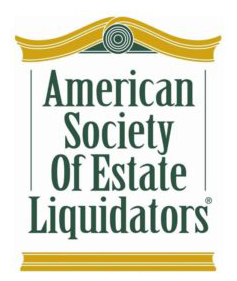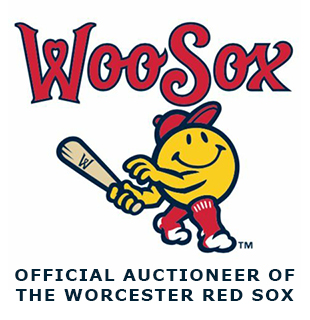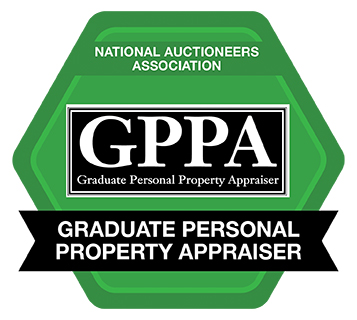The production of United States coins has been influenced by historical events. Wars, metal shortages, the Great Depression and other events all impacted coin production.
If you are handling a U.S. coin collection from an estate or your own home, there are coin price guides and websites that can help. However, this column will offer a broad overview of what to check when you are looking through these coins.
I estimate that about 30% of the estates that I handle have some form of coin collection. Only about half of these are desirable enough to be sold in our antique auctions.
Following are some guidelines that can help you determine whether you have coins that may be valuable. Silver dollars, half dollars, quarters and dimes from 1964 are made of 90% silver. Kennedy half dollars were made with 40% silver from 1965 to 1970. Any coins that you have that fit into these categories are worth more than the face value of the coins.
There are other factors that influence coin value. Age is important. In general, older coins are typically more valuable for a number of reasons. One reason being that there were typically fewer produced. For example, 1964 Kennedy half dollar production numbers were 273,304,004 for the Philadelphia Mint and 156,205,446 for those made in Denver. By comparison, 100 years earlier in 1864, only 658,000 Seated Liberty half dollars were minted in San Francisco and 379,000 were produced in Philadelphia. Many of the older coins that were produced are now gone. Some have been melted down for the metals while others were lost or just wore out over the years. When older coins in better condition do turn up they command a premium well above the value of the silver.
Here are a few additional factors that can make your coins desirable. Where the coin was minted is important. There was a silver rush near Carson City, Nevada when the Comstock Lode was discovered in 1859. A mint was built in Carson City and coins with the CC mint mark are very desirable with collectors. The mint mark and small details like the number of arrows on a particular coin can make a huge difference in the value.
The price of gold is about 75 times the price of silver as I write this column. It is no wonder that gold coins appeal to many collectors and investors. Like silver, gold coins also have numismatic (collector) value. Older gold coins were typically made of 90% gold, but there are variations. The U.S. Mint has offered a number of its more recent releases in 24 karat (99.9% pure) gold. Many of the same rules apply to silver coins. Older coins produced in smaller quantities and in better condition command a premium.
Of course, coins don’t have to be gold or silver to bring strong prices. It was reported that a rare error coin with a Sacagawea dollar obverse and Washington state quarter reverse sold for $155, 250. A Beverly Hills coin dealer paid a record price for a one cent coin. The 1792 “Birch” cent sold for $2.5 million at auction, a pretty penny by all accounts.
Our Ashburnham auction is currently online featuring antique automobiles, vintage parts and antiques. Coins and a wide variety of antiques and collectibles will be offered in our January 28th live auction. See www.centralmassauctions.com for links to both events.
Contact us at: Wayne Tuiskula Auctioneer/Appraiser Central Mass Auctions for Antique Auctions, Estate Sales and Appraisal Services www.centralmassauctions.com (508-612- 6111), info@centralmassauctions.com





